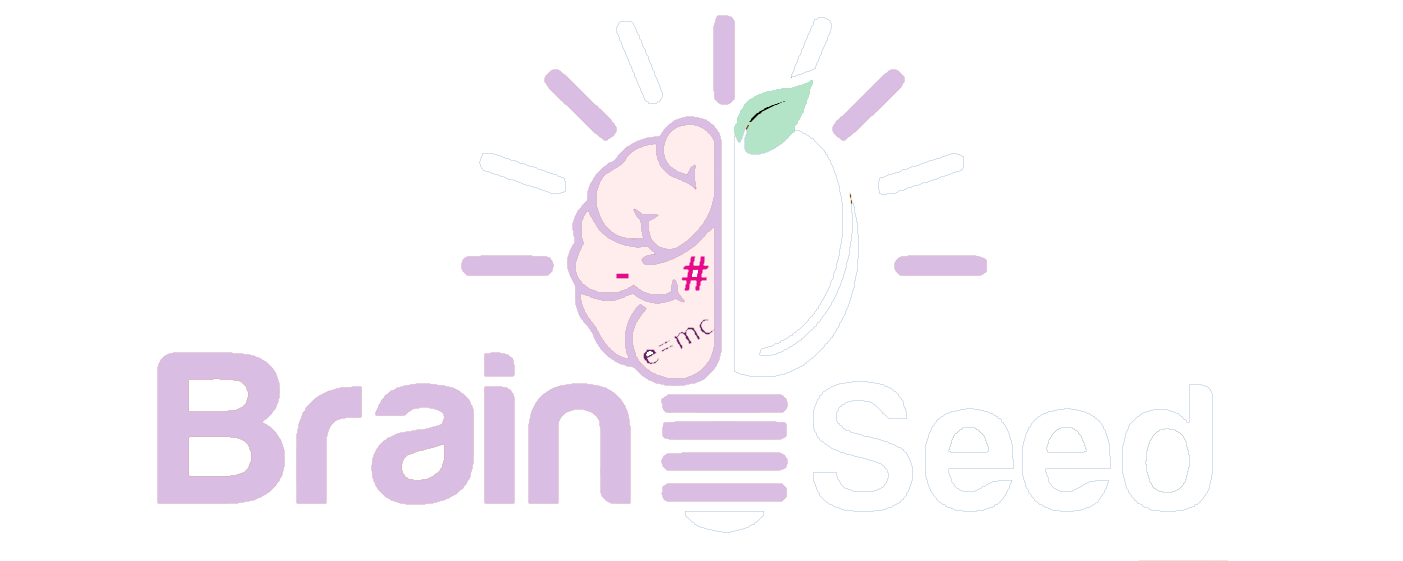What are the best techniques for teaching drama to students with different learning styles?
Teaching drama to students with different learning styles can be a challenging task for educators. However, with the right techniques, it can be a rewarding and enriching experience for both the students and the teacher. In this article, we will discuss some of the best methods for teaching drama to students with different learning styles.
Visual Students Visual learners learn best through visual aids such as pictures, diagrams, and videos. Thus, incorporating visual aids into drama lessons can help these students better understand the concepts and ideas behind the play. For example, showing video clips of professional theater productions or staging a play in the classroom can help them better grasp the context and emotions that the characters are experiencing.
Auditory Students Auditory learners learn best through listening and hearing. Incorporating sound effects, music, and dialogue into drama lessons can help these students better comprehend the play. For example, playing sound effects or music in the background while students perform a scene can help them better understand the emotions and atmosphere of the play.
Kinesthetic Students Kinesthetic learners learn best through movement and hands-on activities. Incorporating activities such as movement exercises, group activities, and improvisational acting into drama lessons can help these students better understand the play. For example, asking students to perform a scene using their bodies and movements can help them better grasp the rawness of the characters and their emotions.
Reading/Writing Students Reading/writing learners learn best through reading and writing. Incorporating activities such as scriptwriting, reading plays aloud, and analyzing scripts into drama lessons can help these students better understand the play. For example, asking students to write their own scripts or analyze the language and structure of a play can help them better understand the themes and messages of the play.
Multimodal Students Multimodal learners learn best through a combination of different learning styles. Incorporating different activities and techniques such as visual aids, sound effects, movement exercises, scriptwriting, and group activities into drama lessons can help these students better understand the play. For example, staging a play while incorporating sound effects, music, and physical movements can help them better understand the context, emotions, and authenticity of the play.
In conclusion, teaching drama to students with different learning styles requires creativity, patience, and a willingness to adapt. By incorporating different activities and techniques that cater to different learning styles, teachers can establish an inclusive and engaging learning environment for all students.
Are you looking for a fresh and exciting way to engage your school’s drama program or your child’s creativity? Try YouTube drama! It’s a fun and modern way for students to create and perform in their own videos. YouTube drama is flexible, convenient, and can even reach a wider audience. Plus, it teaches valuable skills like video production, editing, and storytelling. Click here to learn more about how YouTube drama can benefit your school’s drama program.







